|
A few weeks ago, a buddy of mine informed me of a rather interesting game played by a few Swiss craft brewers: the Wortspiele (the wort game). The way this works is as follows:
The EventThe host brewery this time around was Volta Bräu, which admittedly was the first time I’ve ever gone. In total, 18 breweries were present, although some were appearing as super-groups (for example, the Berner Supercollab was with five brewers). Plus, a few pouring were home brewers as well. For those curious, the breweries in attendance were:
The BeersThere were over 30 beers on tap, with an average alcohol around 6.6%. The range of beers on tap was wild, from white ipas and berliner weisses to raw ales. Apparently, there was also a deconstructed hefeweizen, but sold out by the time I got there. No idea how the brewery (523) pulled it off. But from what I can tell, they freeze-dried banana and cloves, and put that in an (I imagine) plain tasting wort. It’s tough to call a favorite, as I was more excited by the breadth of samples from just one wort. The raw ale, titled Dill is the New Citra, was flavored with dill and spirulina, and well, tasted like pickle juice. For the amount I had, it was spot-on refreshing. Another crowd favorite was a chocolate honey stout, which was a great tasting beer. Oddly enough, it tasted like a chocolate coconut porter but had no coconut within. If you’re curious as to what other beers were available (as there’s far too many to list here), head on over to the facebook event here -> wortspiele (You'll have to scroll through the discussion a bit, but they're there.). I’ve heard that if you win a particular brew competition, you’re invited to play. I'm gonna have to enter that, as this was one of my favorite beer fests, and now I’m even more excited to learn about the Swiss craft beer scene!
2 Comments
1000 Unmissable Brews from Portland to Prague |
Jordan RexBeer archaeologist Archives
November 2017
Categories
All
|
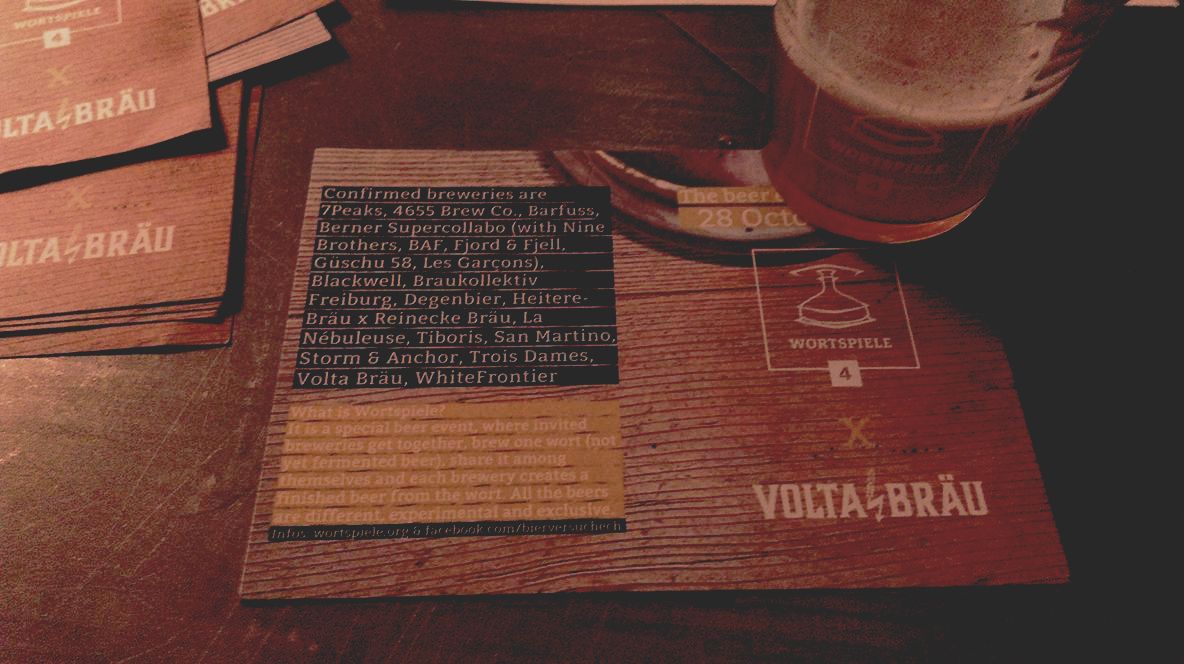
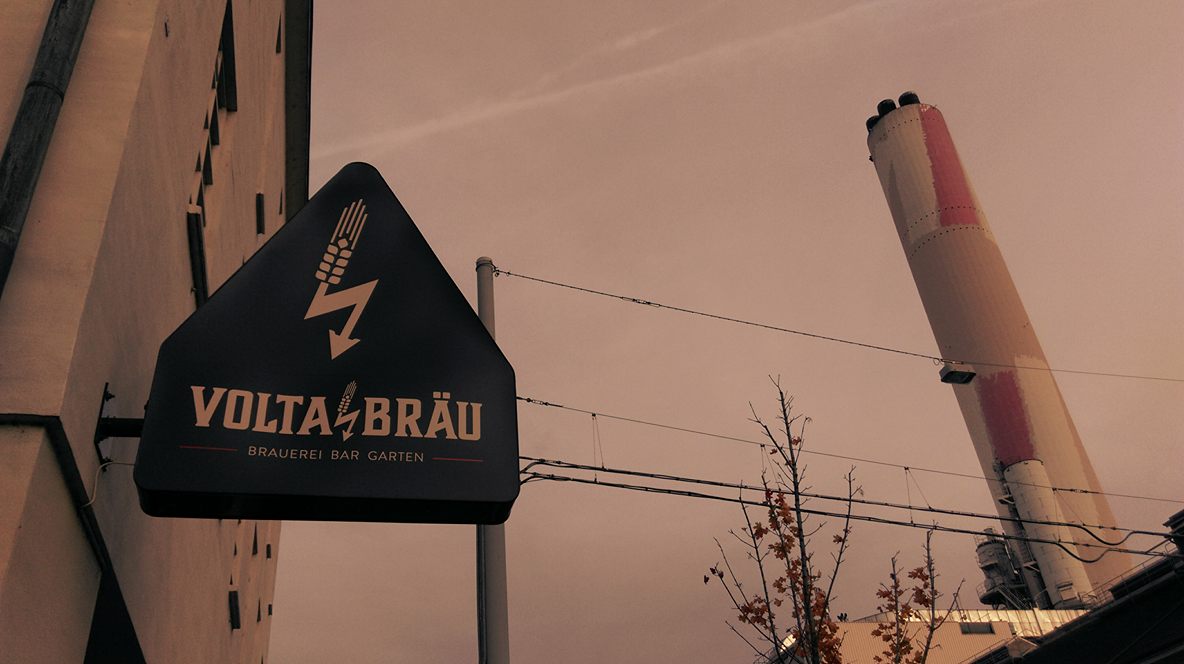
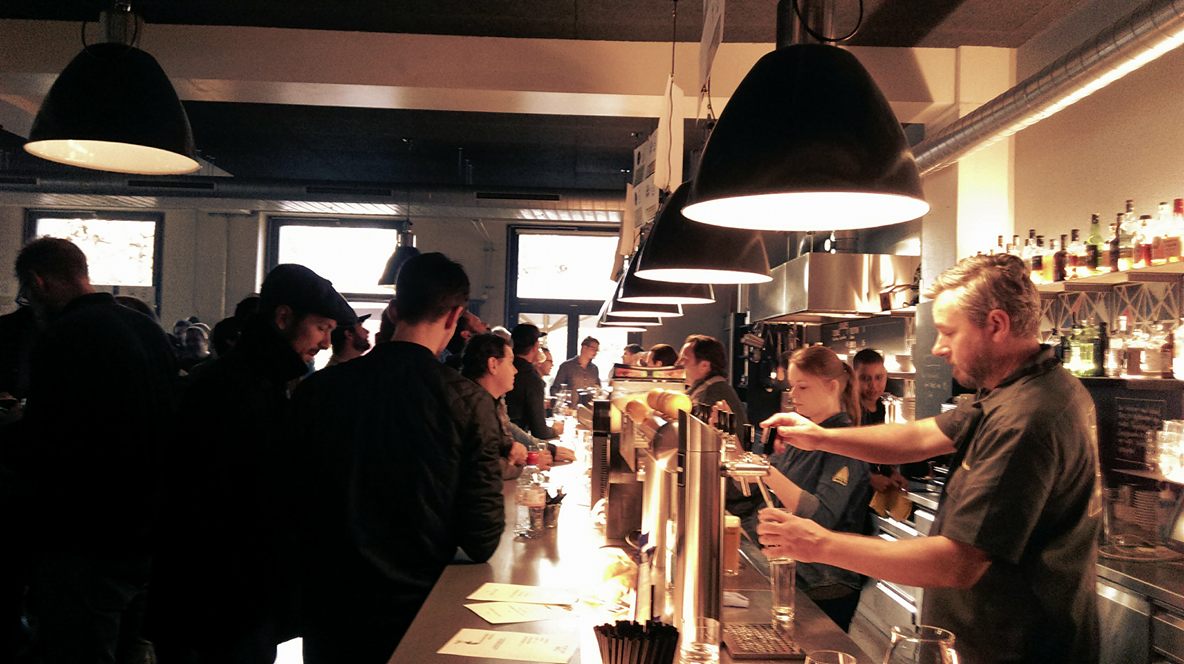
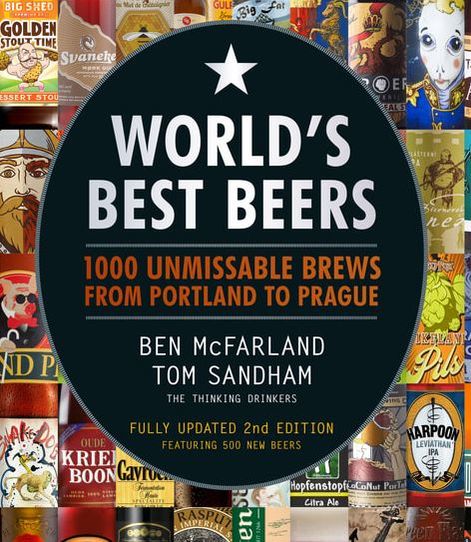
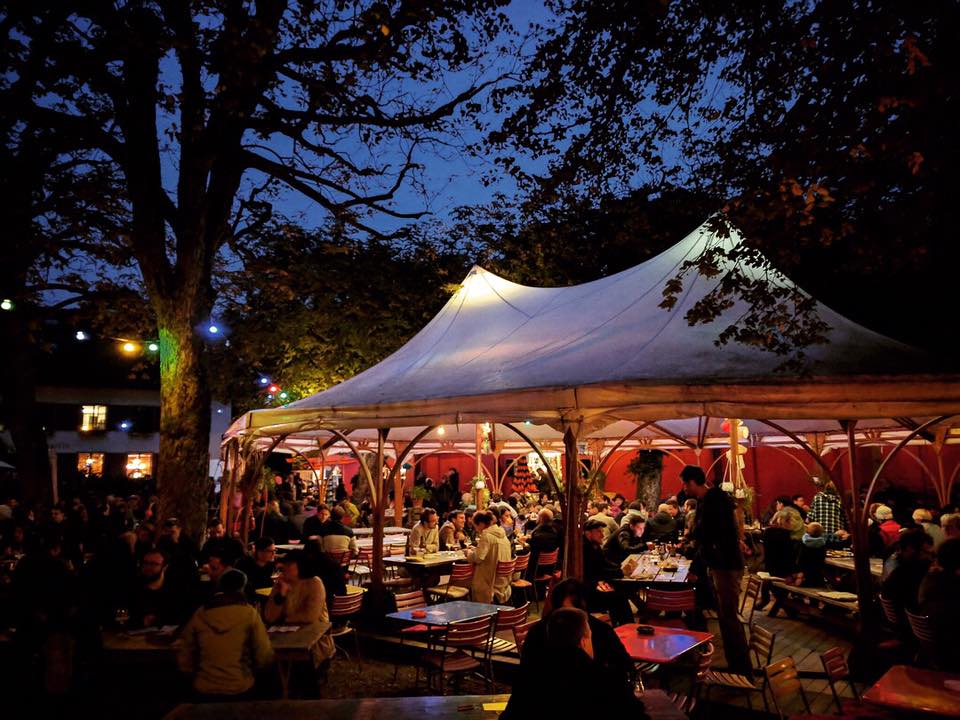
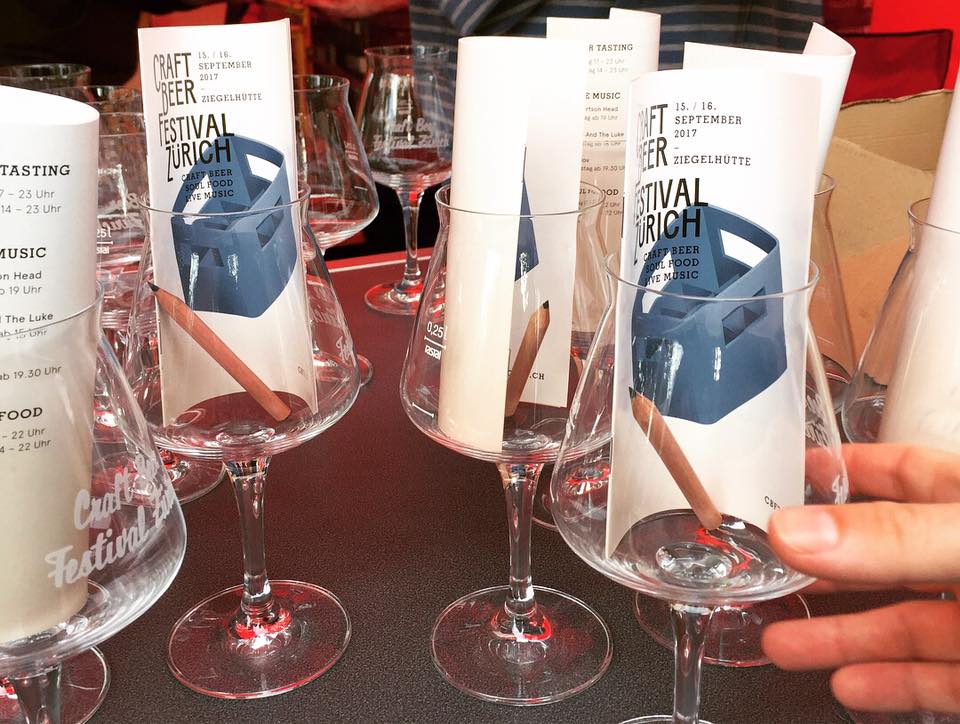
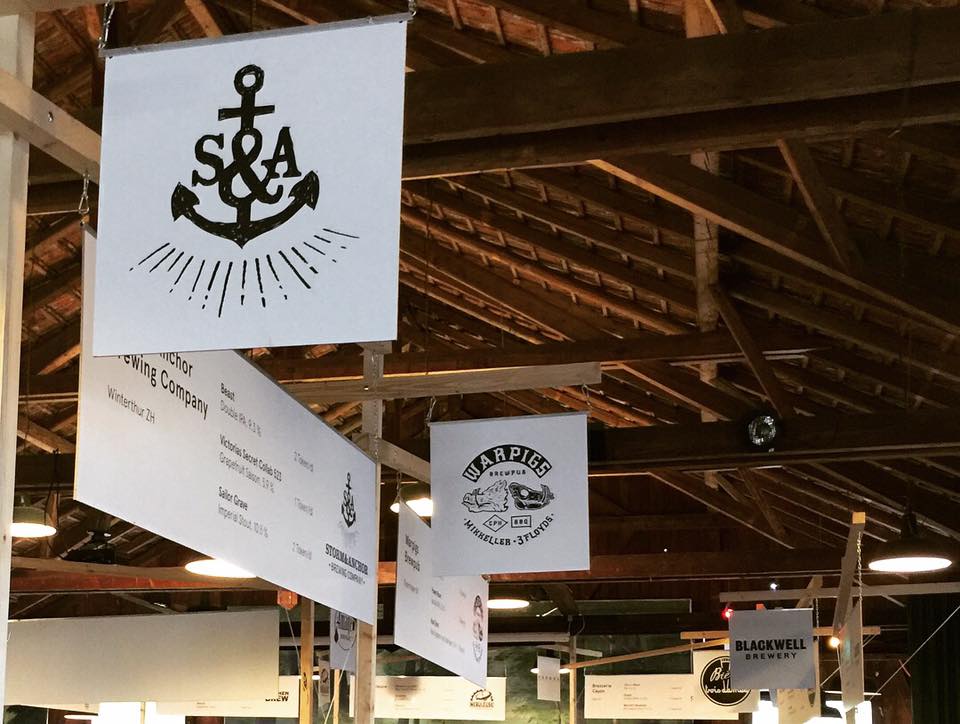
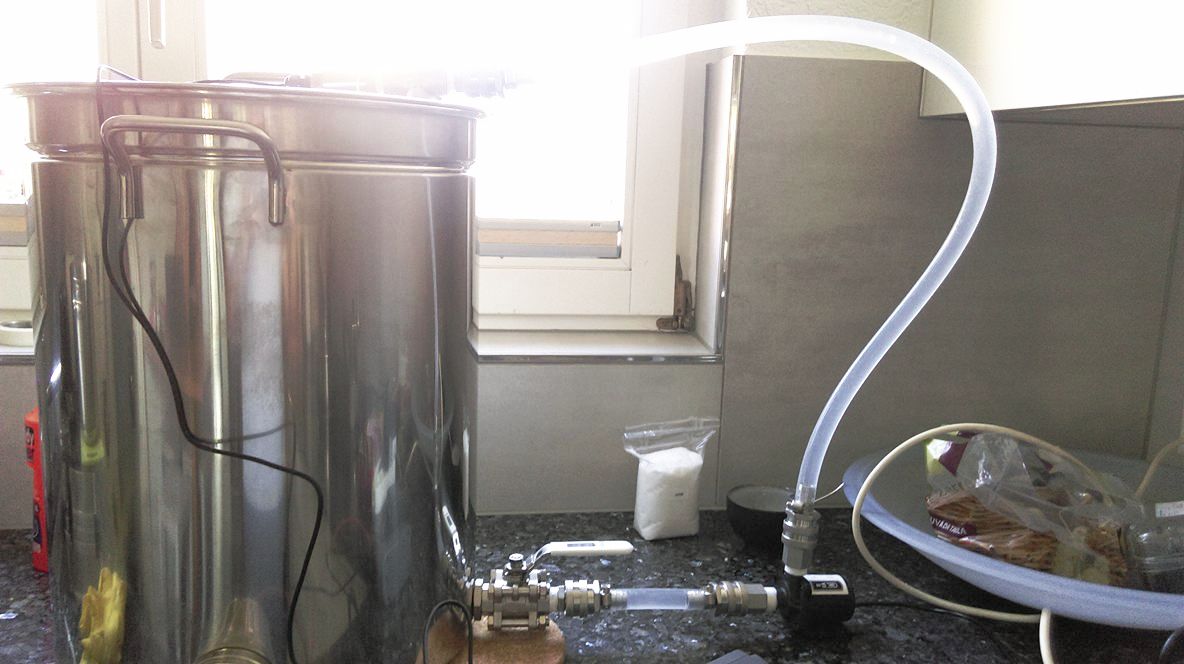
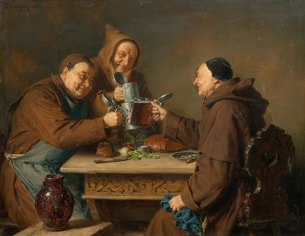
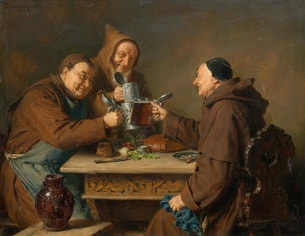
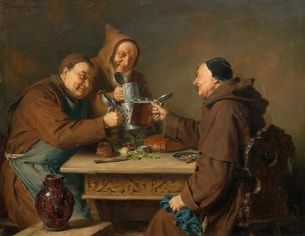
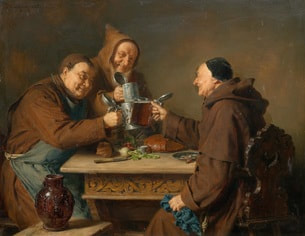
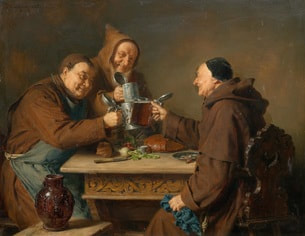
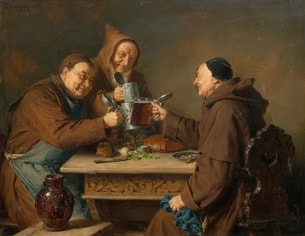
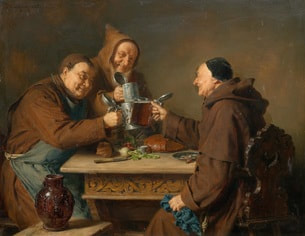
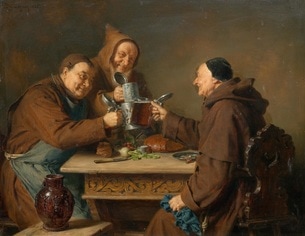
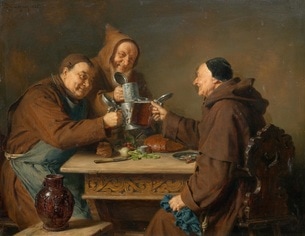
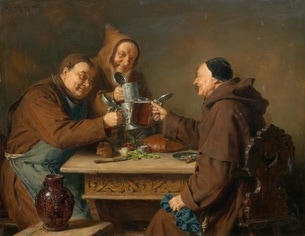
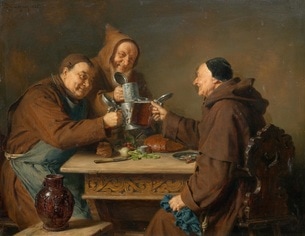
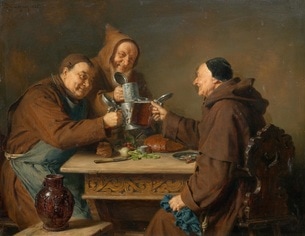
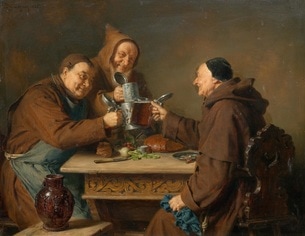
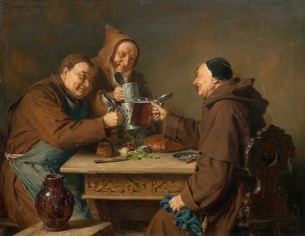
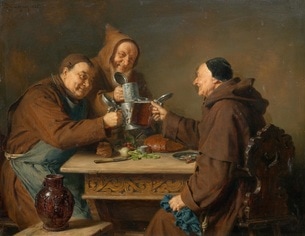
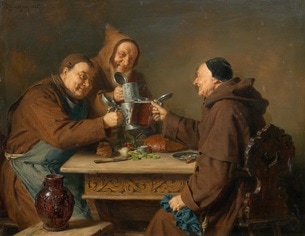
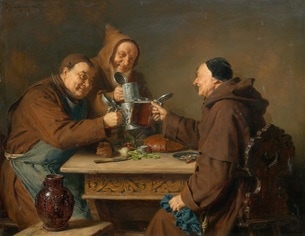
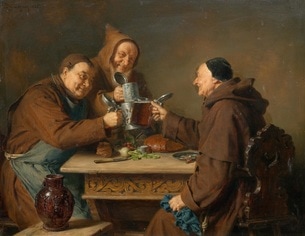
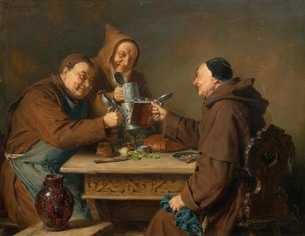
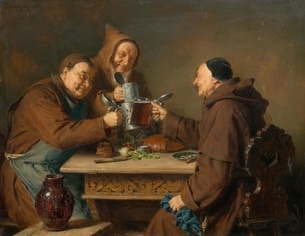
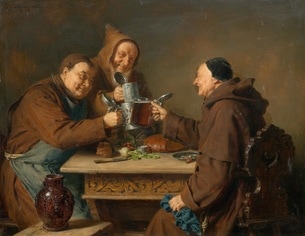
 RSS Feed
RSS Feed
